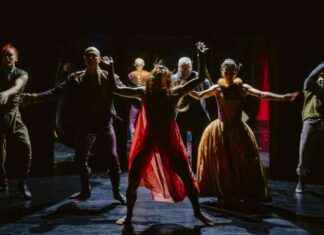The Albufera Natural Park and the Valencian orchard, symbolic landscapes of Valencia, will formally be a tourist attraction. If they weren’t already. Because the selfies published on social networks such as Instagram located on the pier, or in the Gola del Pujol, are growing unstoppably, and the boats that ply its waters are the subject of numerous amateur photographers who arrive with a tourist guide in hand.
However, this growing tourist interest in the unique natural environment held by Valencia will now also be instrumentalized and in a regulated manner. The Valencia City Council bets in its tourism sustainability plan for the next two years to promote the uses and enjoyment of the orchard with a plan to improve tourist uses, with routes and focusing on sustainable mobility.
For the Councilor for Tourism and Internationalization of the Valencia City Council, Emiliano García, it is also key to emphasize that “we have been able to conserve the orchard which, by the sea, is a zero kilometer natural pantry. And that, together with the talent of the chefs, is turning us into a gastronomic destination,” he added. The event was held in the Oceanogràfic restaurant and was welcomed by Eduardo Nogués, director of Oceanografic Avanqua.
“The idea is to develop proposals with routes, with mobility models in those spaces that are respectful, with content generation and establishing proposals to learn about, discover, enjoy, such as Toni Montoliu’s barracks, etc. What we wanted with this project is work from the group that tourist proposal of the orchard and propose a series of routes and compatible models”, defended Antonio Bernabé, director of Visit València, who presented the plan.
La Barraca de Montoliu, to which he referred, offers a restaurant service and routes through the garden to a barraca, a business model that works in the town of Meliana.
And the same is designed for the Natural Park: “Today we use the Albufera as an element of uniqueness as a key destination, but we understand that with the management it has, it needs a plus from the tourist side,” added Bernabé.
The plan is endowed with 7.5 million euros of European funds. For the moment, as confirmed by the deputy mayor Sandra Gómez, the council has received 30% of the financing to be able to operate. The item is divided into 1,132,000 euros for green transition, 1,500,000 euros to improve energy efficiency, 1,674,000 euros for competitiveness and a larger part, 3,194,000 euros for digitization.
Seven specific actions are included in this item, such as the creation of a global destination management and tourism intelligence platform, an advanced traveler relationship app”, the digitization of the València Tourist Card and the creation of a new one, the Events Card .
In addition, Bernabé influenced the proposal “Reactivation of the offer of festive cultural heritage: artist city”, which would mean combining augmented reality and technology in an immersive space in the City of the Fallas Artist, which will promote the Fallas festival for tourists .
For her part, Sandra Gómez detailed how the municipal objective has been since 2015 to stop seeing the city of Valencia as a sun and beach destination, “and we have managed to increase visitors and overnight stays”. She opted for the city to be a more international destination, but maintaining coexistence with the city’s neighbors. Bernabé expressed himself along the same lines, defending that “there cannot be an intelligent tourism model if the residents are not taken into account.”








